ASF Poland: Germany puts up fences; 10 more findings
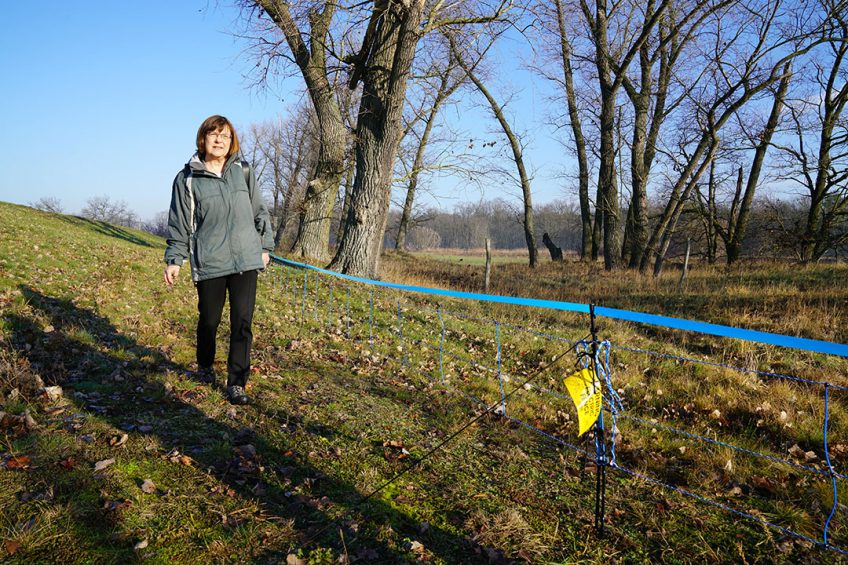
In an attempt to prevent an outbreak of African Swine Fever (ASF), Germany has been raising fences to stop wild boar crossing the border from Poland. In the meantime, Poland found more infected carcasses at 10 locations in the west of the country.
The 1st set of fences were erected at the German-Polish border late last week near the border city Guben, in the German state Brandenburg. This is 35km away from the currently nearest-known outbreak near the Polish village Trzebule, in the border province Lubusz.
Area between Frankfurt and Czech Republic
The Brandenburg ministry of Consumer Protection said most focus for now is preventing the virus from hopping over, and the areas Spree-Neisse and Oder-Spree as well as the city of Frankfurt an der Oder will receive the most attention. That covers the entire border between Frankfurt an der Oder south until the border with the Czech Republic, a distance, as the crow flies of 160km. The Polish-German border however, follows the rivers Oder and Neisse and meanders, so the total length of border that needs looking at will be considerably longer.
The ministry said that the temporary fences are 90 cm tall and will remain in place depending on the risk situation at the other side of the border. The installation of the fence is estimated to cost € 160,000. Local districts will manage the details of the construction.

Protection against ASF
Brandenburg state minister for consumer protection, Ursula Nonnemacher, indicated that she hoped the fences would provide protection to a certain extent.
No case of African Swine Fever has been found in Germany so far. If that should happen, then consequences will follow in terms of pigmeat export to non-EU countries. The price drop that will follow, will in turn also be felt in countries like Denmark and the Netherlands, both exporting weaner pigs to Germany for finishing.
10 more finding locations in Western Poland
In the meantime, the situation in western Poland remains far from quiet. On December 23, the Polish Central Veterinary Inspectorate announced that another 10 locations were found to have infected carcasses, bringing the total in western Poland to 71 locations. That means that at least 87 wild boar have died of African Swine Fever in western Poland now.
The most recent findings were all recovered in the area that was already known to be infected, so the total infected area hasn’t changed – it is a zone of 65km east to west and 55km north to south, including the provinces Lubusz, Greater Poland and Lower Silesia.

Read more about pig health in the Pig Progress Health Tool
Where were the ASF infected boar found?
The majority of all infected wild boar were found in Lubusz province, with 59 finding sites so far. The most recent update showed an increase of 5. The outbreaks in this province are concentrated in a 15km radius around the town Konotop.
The number of locations in Greater Poland (Wielkopolska) province doubled on December 23 to 10. All dead animals in Greater Poland were found within 10km of each other – and were also within 25km of Konotop, in Lubusz province. Greater Poland province is Poland’s most important in terms of swine production.
In Lower Silesia province, so far only 2 carcasses were found that had died of ASF – on 22 and 27 November. Both were found within 2km of the border with Lubusz province and about 20km of Konotop.
African Swine Fever has been present in 5 provinces in Eastern Poland since 2014. There it affected numerous wild boar as well as 237 commercial and backyard farms so far over the years.
Join 18,000+ subscribers
Subscribe to our newsletter to stay updated about all the need-to-know content in the pigsector, three times a week. Beheer
Beheer

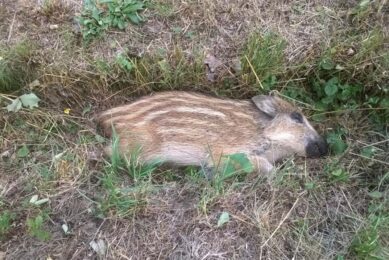
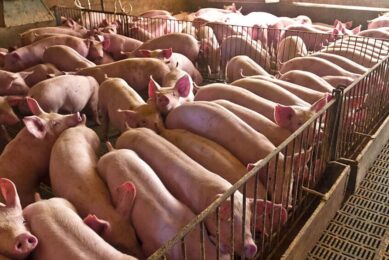
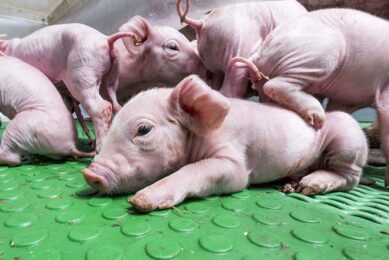
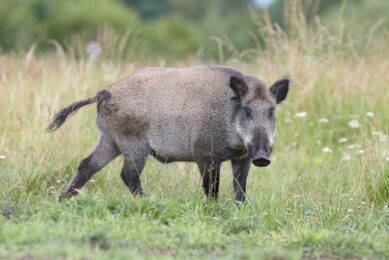





 WP Admin
WP Admin  Bewerk bericht
Bewerk bericht